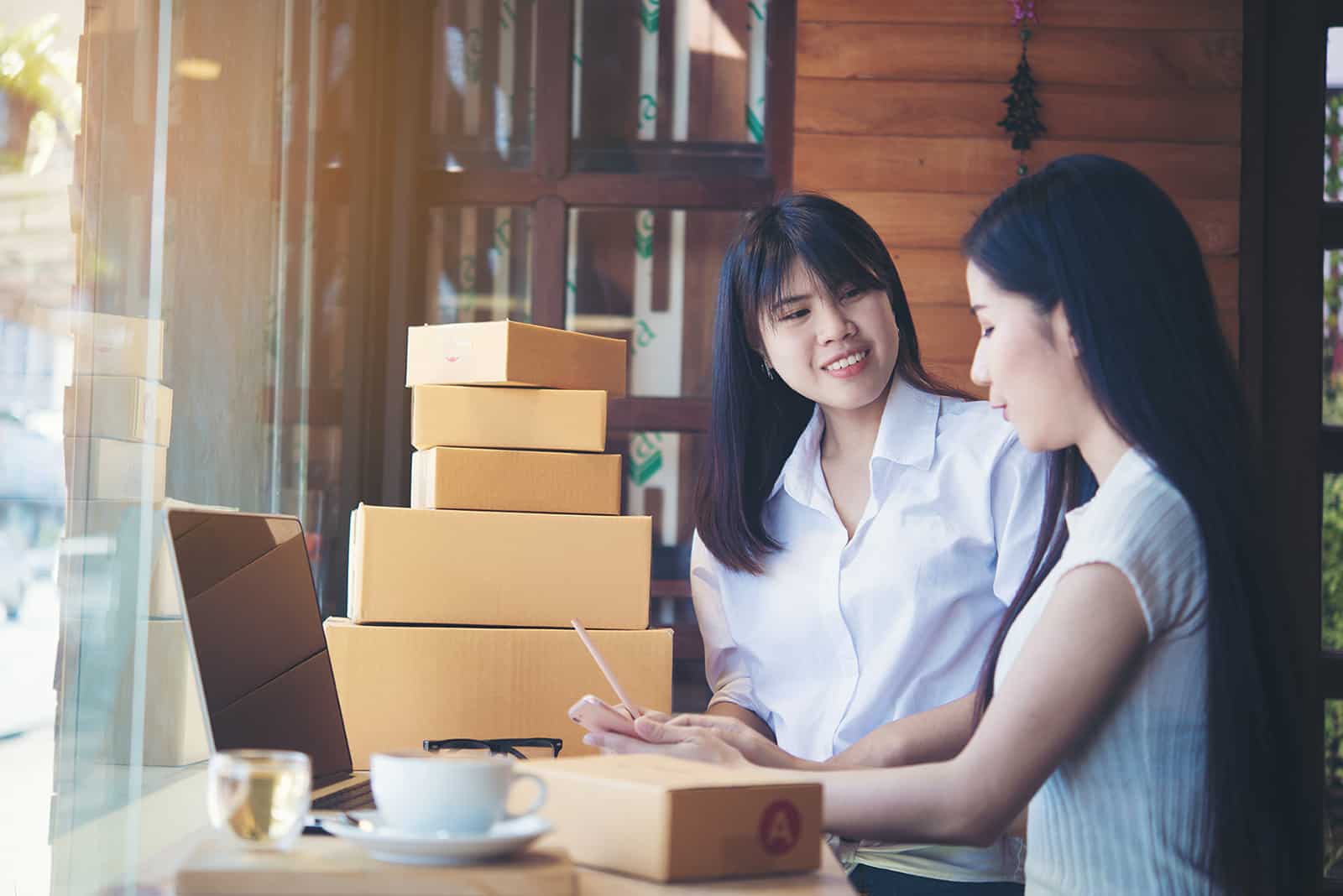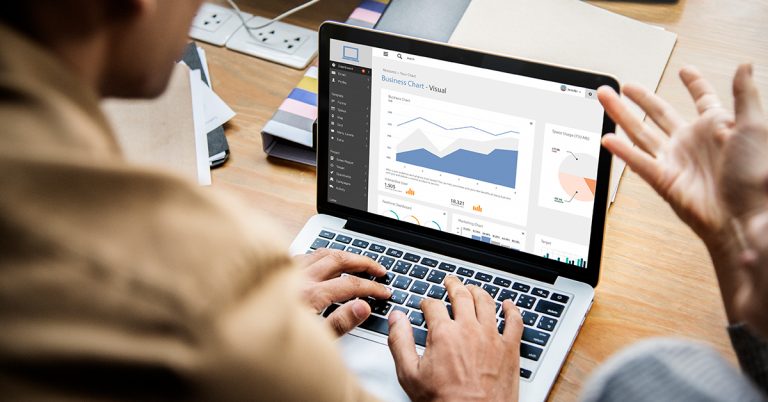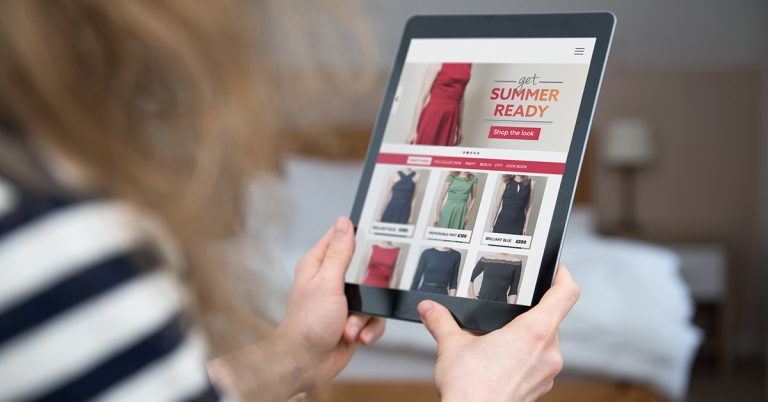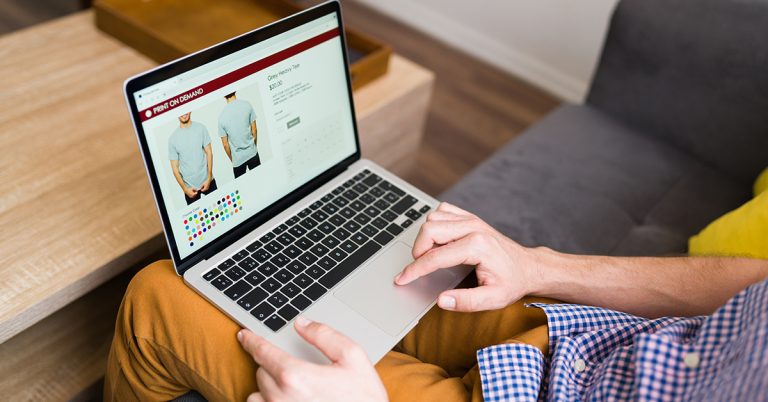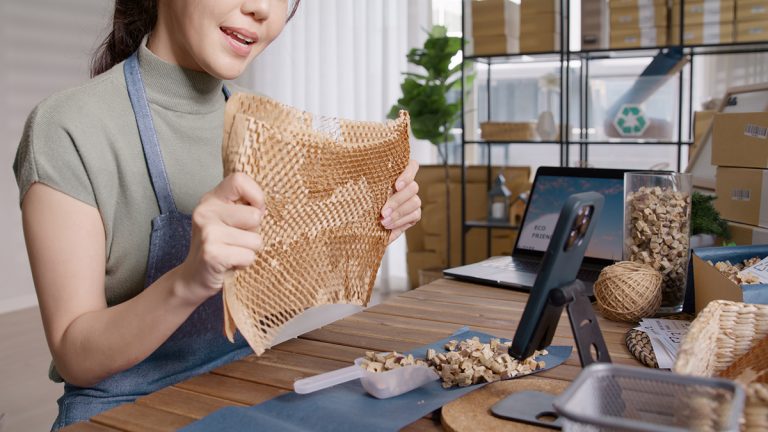As an eCommerce seller, your goal is to grow your customer base and increase sales. However, the probability of selling to existing customers is far higher than reaching a new prospect. Because of this, companies will often employ techniques like upselling to increase sales revenues.
But what exactly is upselling? Upselling is a sales technique that involves encouraging or influencing customers to buy a higher-end version of a product than what they originally intended to purchase, or spend more money than they intended. Sellers that understand how to use upsells so that customers gladly increase their cart value, are well on their way to increasing conversions and sales. When done right, upselling can also improve the shopping experience of customers.
Upselling comes in many forms, including premium or upgraded products, extended warranties, volume discounts, gift wrapping, personalization, and much more. Opportunities to upsell exist at every stage of the customer lifecycle. You can:
- Upsell prior to initial sale. When selling online, successful upselling begins the moment the customer lands on your store page. Here, you can use landing pages for cheaper or more basic products to recommend premium or improved versions via comparison charts.
- Upsell at checkout. A customer’s cart or checkout page is an effective tool for upselling. Try using your checkout page to upsell with a compelling offer (like a discount or enhanced protection) to enhance their purchase if they buy immediately.
- Upsell after purchase. Post-sales upselling allows customers to add upgrades after their purchase. After sending a customer an order confirmation email, follow up a week later and offer incentives for relevant products based on their first purchase.
For eCommerce businesses, implementing upselling as a sales technique can ultimately drive an increase in revenue, enhance customer service as well as maximise profit. It can also help retailers build deeper relationships with customers, and when carried out correctly, adds value for customers by offering them better, more relevant products and services. These are some of the steps involved in upselling:
Make the upsell relevant
Relevance is the key to successful upselling. Your customer buys one product, and as a retailer, you want to either augment or improve that sale with your upsell. An example is such as selling a microfiber cleaning cloth together with a pair of sunglasses. Or upselling from a base hair treatment to a top shelf version. Your upsell needs to be relevant to the customer’s original purchase and increase their value for making that purchase.
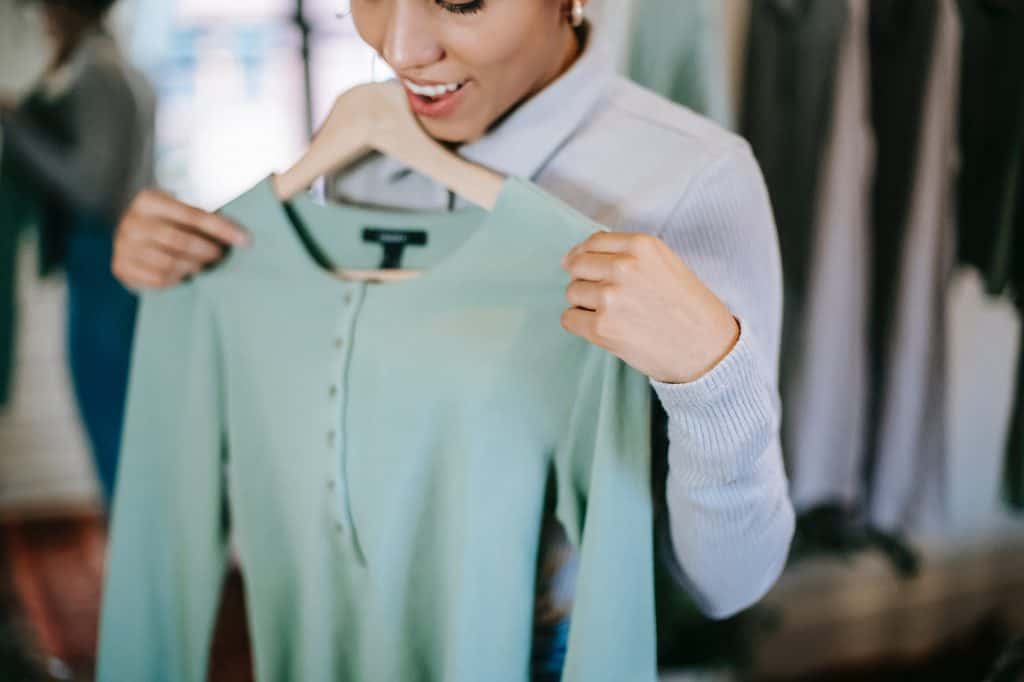
Establishing customer trust and loyalty
Building long-term relationships with customers and encouraging customer loyalty is likely to result in additional sales with the customer. Whether it’s your branded marketing efforts or in your customer interactions, you have to give customers a reason to be loyal to your brand. When you upsell, your customers should gain added value in exchange for their loyalty and trust. To start with, this can be done by several ways such as by knowing your product inside and out so you can address all questions and issues, and provide your customers with individualized support as needed. This will also help you to make suggestions based on what your customers would prefer, without making them feel like they are being pushed to buy something they don’t need.
Get to know your customer’s needs
To upsell to a customer, you first need to thoroughly understand what the customer’s needs are. Understanding their wants, needs, and preferences increases their trust in your relationship, and allows you to take a problem-solving approach to provide the perfect solution, leaving the customer feeling like they won. One way this is done is simply by listening to queries. Customers will often inquire about specific features and benefits, which can already guide you into learning what they’re looking for. Engage with the customer to establish a connection and make them feel comfortable, and build a rapport before trying to provide a solution to help them to trust your recommendations more.
Educate the customer
One of the best ways to ensure customers don’t feel pressured in an upsell situation is to approach the conversation as a teaching moment. When you know your products inside and out, you can educate customers about the benefits of the products and include all the special features as facts, without seeming pushy. Offer side-by-side comparisons so the customer can see the value in the premium version. The idea here is that the customer will essentially sell themselves on the higher priced version, without much work on your end.
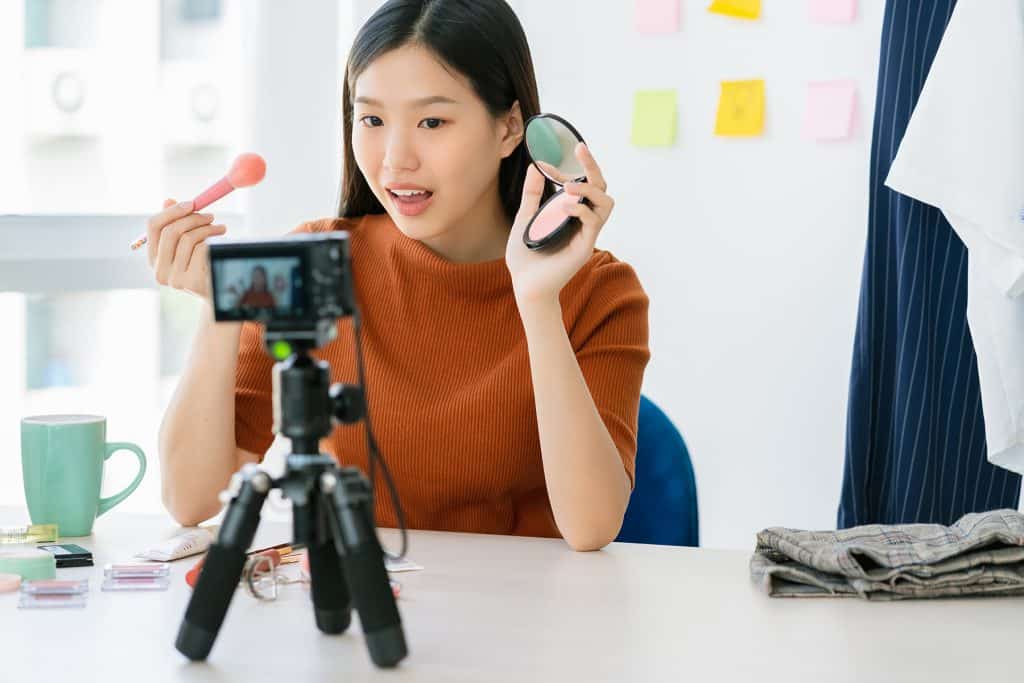
Make the right recommendations
Making the right recommendations is key to successful upselling and should be done using the knowledge you’ve acquired about your client. Customers can start to lose interest if you offer them products and services that they don’t want or need. Recommendations should also be limited to avoid confusing or overwhelming the customer with too many options. Additionally, recommending upgrades that are too expensive in proportion to the original purchase could drive the customer away. The general rule of thumb is to never upsell anything beyond 25% of the original item’s cost.
Offer a special rewards
Most customers like and find value in a good deal. One way to upsell is to incentivize your customers to buy more – such as offering a reward like a ‘Buy 2, get 1 free’ deal. They’ve already spent time deciding on which products they want to buy, so they might need an incentive to nudge them towards an impulse buy. You can also bundle products or services to offer more value. Customers appreciate the bundle because it typically includes a variety of products or services designed to meet their needs. Bundling products increases the perception of value by pairing products with a similar purpose together and offering a promotional price.
Not every customer will spend more money because you’ve included upsell options, but some will, and as long as your offers aren’t intrusive or annoying, they won’t have any negative impact on the customer’s shopping experience. Through an upsell, you’re also likely to retain the customer longer. As long as you’re adding value with your strategic upsells, you will retain your customers while seeing higher average spending.

